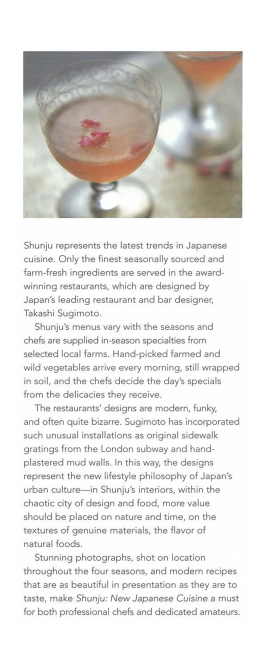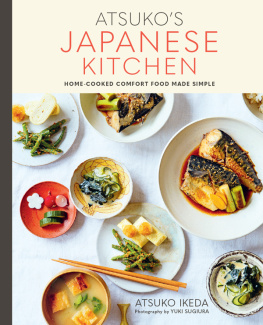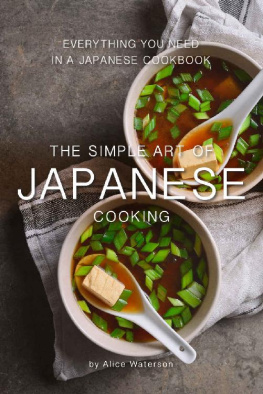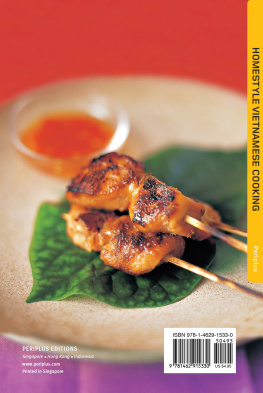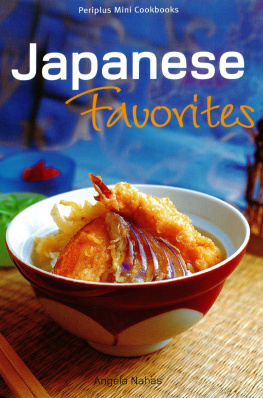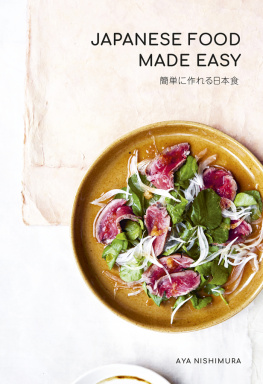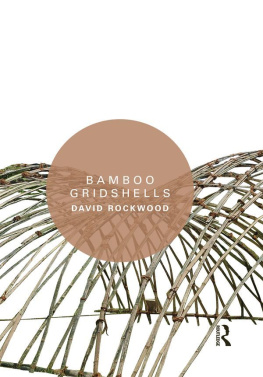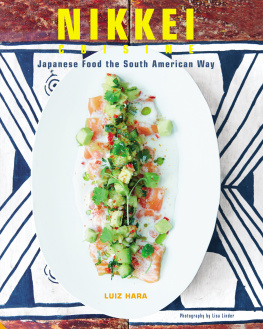Following is a list of our contributing artists, kilns, and producers whose works are photographed in this book.
Mino Seizan, Inc.
We would like to thank Toshiaki Hirai of Super Potato for unwavering support of every detailed step to completion.
Yaeko Masuda of Jungle and Horizon for her unfailing energy and spirit boosting during our treacherous all-night shootings.
Mitsuo Yamazaki and his family for their never ending cooperation with our summer and autumn location shootings.
Katahira family for their generous hospitality during our bamboo shoot harvest.
Norihisa Usui of Seikosha for his support with shootings.
Ichiro Hirose of Tokyo Gallery for his generous loan of dishware.
Reiko Okamoto for her ideas and support.
And mostly, to each and every one of our staff at Shunju.


the shunju philosophy
Although the materials which I have installed in Shunju such as the solid walnut plank shaved with the traditional carpenter's hatchet, the sidewalk grating reclaimed from London subways, the hand-plastered mud walls, and the Korean antiques may seem to represent tradition or antiquity, they express something new to me as I perceive a continuity of time which will survive beyond our present time and lives.
I value such elements as nature and time, the textures of genuine materials, and the state of nothingness or emptiness of thought in this chaotic city of design. The philosophy of my design is not to design for design's sake but to seek a perception of a space, in memory and time.


The "show" kitchen in our Bunkamura-dori restaurant. Counter seats are the most sought after in all our restaurants as they allow our clients to discuss that day's ingredients with our chefs and to observe their preparations, opposite The dining hall of our Toriizaka restaurant. Although all our other restaurants have table seats, this restaurant is designed with floor seating only. Clients remove their shoes before entering the dining area which is composed of three areas: counter seating, an open dining area partitioned with bamboo screens and steel gratings from the London subway, and private rooms.
history The history of Shunju begins in 1986 in Mishuku, Tokyo. I wanted a restaurant where my friends and I could wholeheartedly indulge in food and drink. As Shunju was a completely new, and very personal, concept there was no existing restaurant or izakaya (tavern) to take as a role model.
Mishuku was an extremely quiet neighborhoodwith hardly any street traffic at that timeso Shunju embarked on its journey with a cargo full of uncertainties. However, rumors of a new hidden retreat spread quickly and young designers from different fields began to gather there. The clientele was young, as Shunju was young. Every day brought new experiences and there was an atmosphere of anticipation of yet another unforeseen experience.
We were both challenged and stimulated by our customers' requests and ideas. Shunju's formative period can best be described as a creative session between the customers and ourselves. Over fifteen years have passed and Shunju now has five different outlets in TokyoMishuku, Hiroo, Toriizaka, Bunkamura Dori, and Tameike Sanno. Our clientele is much more diversified and we are supported by a large number of faithful customers. Although some say that Shunju has followed the trends over the years, we are not content with such an observation. On the contrary, we believe that new endeavors set the trends and create the times. And we are confident that Shunju is one of them.
architecture Shunju's architecture is undoubtedly one of its strong features. Not only does it excite the younger clientele but it also impresses discerning connoisseurs well versed in Japanese aesthetics. Shunju's architecture is truly unprecedented and is rich in texture and details.


The majority of the dishware used at Shunju is custom-made or, in some cases, antique. You will notice a wide variety of ceramic styles throughout this book. Handpainted ceramics, such as the dishes above (far left), are called etsuke. Stacked kodaizara (second from left) display a style derived from ancient ceremonial ware. Bamboo sake cups and chopsticks (second from right) are hand-crafted for our forest banquets (utage). Dried red chilies sit on Shigaraki dishes (far right), a renowned ceramic region located in Western Japan. Many styles of Japanese ceramics are referred to by the name of the region where they are produced because the variety of clay indigenous to that area determines its texture or color. opposite Sake carafes (tokkuri) and cups (guinomi) are the most highly prizedand often the most expensiveof all hand-thrown Japanese ceramics. Pictured here are those in a white glaze (kohiki) and porcelain.
Many people point to the unusual weave of Shunju's architecture. They are referring to the juxtaposition of diversified materials such aged solid wood, bamboo, thick handmade Japanese paper, recycled brick, earthen walls, rusted steel, glass and sparkling stainless. The materials themselves, some traditional, some modern and some unconventional, compose the architectural design. The roughness of the various textures, the mass of volume, and the dull sheen of antiquity constitute Shunju's environment.
These elements are in complete synthesis with one another yet at times are in conflict to create a definite tension. The installation of the various elements, in the bare concrete shell, completes a unity at a distant view but asserts each one's individual existence at a closer view, and is positioned to stimulate the five senses.
bar One distinctive feature of the architecture is the coexistence of a dining area and a bar area. Although this is not a particularly unique feature for Western restaurants, it was a unique feature in a Japanese restaurant in Japan when we first opened. The dining area is named haru (spring) taken from the first Chinese character in our name and the bar is named aki (autumn) taken from the second character. Chinese characters used in the Japanese language have two pronunciations, one is used for when the characters are used in conjunction, and the other when the characters are used separately. Hence the different pronunciations.

